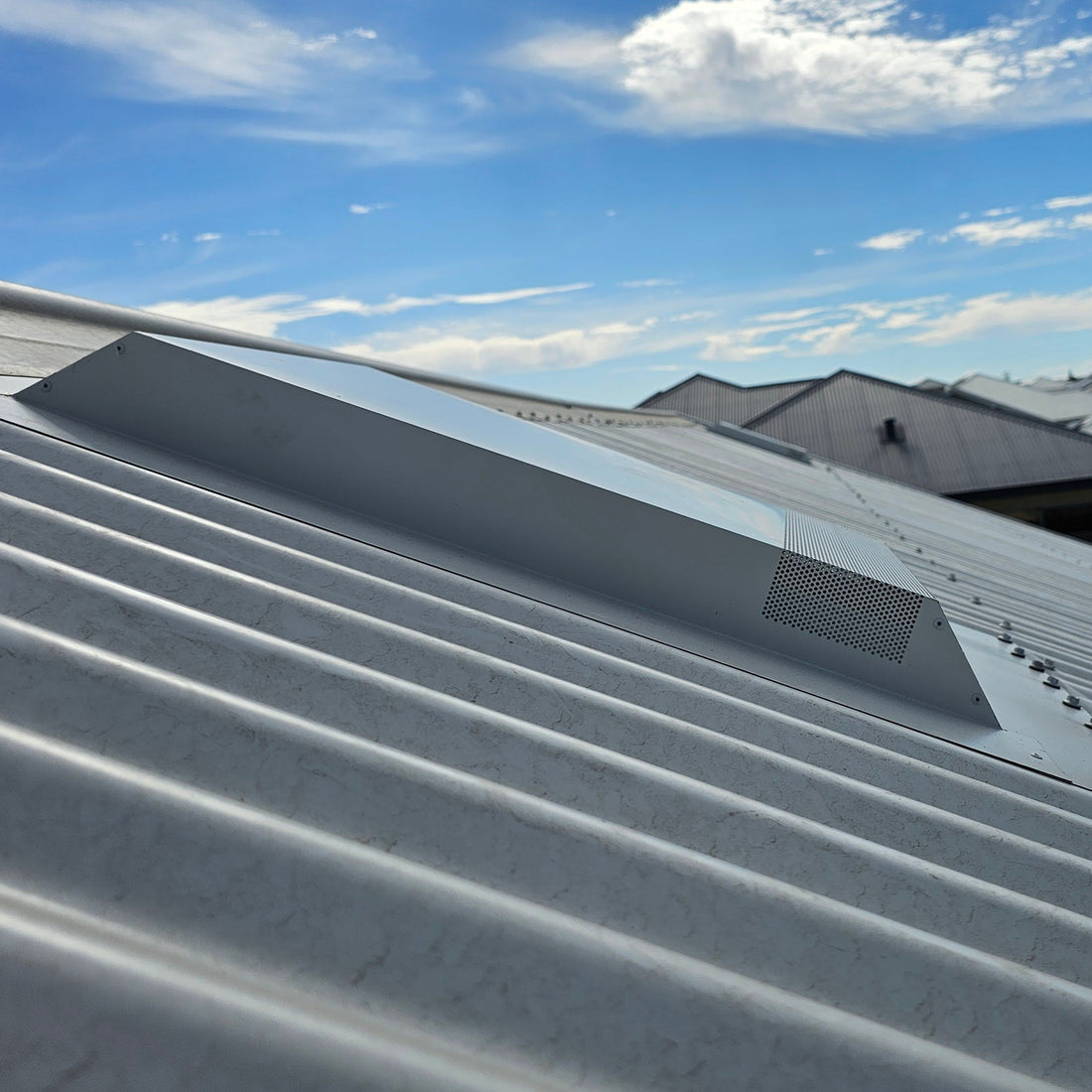
How to tell if your roof ventilation is actually working
分享
If your home has roof ventilation, you probably assume it’s doing its job. But how can you be sure? Just because there are vents on your roof doesn’t mean they’re working properly. Poor roof ventilation can lead to all kinds of problems - excess heat, moisture buildup, and even mould. So, how do you check if your roof ventilation is actually working?
Why does roof ventilation matter?
Imagine stepping into an attic in the middle of summer, it feels like an oven, right? That’s what happens when roof ventilation isn’t doing its job. A well-ventilated roof helps regulate temperature, remove excess moisture, and extend the life of your roof. Without it, heat gets trapped, leading to higher energy bills, damage to your roofing materials, and a breeding ground for mould and mildew.

Signs your roof ventilation isn’t working
If you’re not sure whether your roof ventilation is effective, here are some clear warning signs:
1. Your attic feels like a sauna
A good way to test your roof ventilation is by checking your attic on a hot day. If the air inside is significantly hotter than the outside temperature, your vents aren’t allowing enough airflow. Proper roof ventilation should keep your attic only a few degrees warmer than the outdoor air. If it’s sweltering up there, you’ve got a problem.
2. You notice mould or mildew
Excess moisture is a big red flag. Poor roof ventilation traps humidity, which leads to condensation and eventually mould. If you see dark spots on your ceiling or attic walls, or notice a musty smell, your ventilation system isn’t moving air effectively.
3. Ice dams form in winter
Live in a cold area? Ice dams - those ridges of ice that form along the edges of your roof - are a sign of poor roof ventilation. Warm air gets trapped in the attic, melting snow on the roof. That water then refreezes at the edges, causing damage to gutters and shingles. If you’re dealing with ice dams, your vents might not be working as they should.
4. Your energy bills are through the roof (literally)
If your cooling and heating costs have been creeping up, poor roof ventilation might be to blame. A hot attic makes your air conditioner work harder, while a damp attic in winter can make your heating system less efficient. Checking your roof ventilation could save you money in the long run.
5. Your ceiling feels damp or stained
Water stains or peeling paint on your ceiling? That’s moisture buildup, likely from poor roof ventilation. If warm, humid air can’t escape, it condenses on surfaces, leading to water damage over time.
Quick tests to check your roof ventilation
Now that you know the warning signs, here are a few simple tests you can do to check if your roof ventilation is working properly.
1. The smoke test
This is a quick and easy way to check airflow. On a breezy day, head up to your attic with a stick of incense. Light it and hold it near your roof vents. If the smoke moves steadily towards the vents and exits, your roof ventilation is working. If it lingers or moves erratically, there’s not enough airflow.
2. The temperature test
As mentioned earlier, your attic should be close to the outside temperature. Use a thermometer to compare indoor and outdoor readings. If there’s a major difference, your roof ventilation may need improvement.
3. The paper test
Hold a thin piece of paper near an intake vent. If it moves slightly, there’s airflow. If it stays still, your vents might be blocked or ineffective.
4. The moisture check
Place a small bowl of ice in your attic and leave it for an hour. If the outside of the bowl is covered in condensation when you return, there’s excess moisture in your attic—a sign that your roof ventilation isn’t removing humidity properly.
How to improve your roof ventilation
If your tests show that your roof ventilation isn’t doing its job, there are solutions!
Upgrade to Dragon Vents
Not all vents are created equal. Traditional mushroom-style vents often don’t provide enough airflow and can even let in pests. Dragon Vents Australia offers high-performance roof ventilation systems with enclosed ember mesh to keep out flies, insects, and even embers during bushfire season.
Install additional vents
Sometimes, the problem isn’t poor-quality vents - it’s not having enough of them. If your roof doesn’t have both intake and exhaust vents, airflow won’t circulate properly. Adding extra roof ventilation can make a huge difference.

Clean and maintain your vents
Blocked vents are useless vents. Check your existing roof ventilation for dust, debris, or even bird nests. A quick clean can restore airflow and keep your home’s ventilation system working well.
Ensure proper vent placement
Even the best vents won’t work if they’re in the wrong place. Exhaust vents should be near the roof’s peak, while intake vents should be lower down. This allows warm air to escape while fresh air enters from below.

A well-ventilated roof makes your home more comfortable, energy-efficient, and long-lasting. If you’ve noticed high energy bills, mould, or extreme attic temperatures, your roof ventilation might not be doing its job. Running a few simple tests can help you figure out if you need an upgrade.
For the best roof ventilation, order from Dragon Vents Australia - designed to keep air flowing, flies out, and your home in excellent shape.
